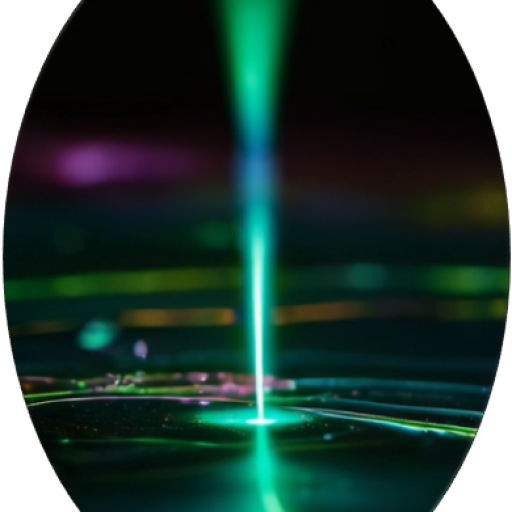Advanced Tools for Nanoscale Exploration
The ability to fabricate site-specific, customized 3D nanoprobes for Scanning Probe Microscopy (SPM) has the potential to redefine nanoscale imaging, localized spectroscopy, and advanced nano-manipulation. Apart from its ability to produce sharp apexes, it is the integration of electric, thermal, optical, magnetic or even superconducting properties, which eliminates the need for additional functional coatings typically required for conventional SPM nanoprobes. Advantages include:
- Nano-Sharpness: sub-10 nm sharp nanoprobes provide exceptional spatial resolution for full compatibility with all measurement modes.
- Functional Nanoprobes: The material versatility of FEBID and FIBID allows access to advanced AFM modes, such as CAFM, KFM, EFM, MFM, SThM, TERS or SNOM. These custom probes often surpass commercially available alternatives due to their all-functional material qualities with ultra-sharp apexes.
- Multi-Functional Probes: Both FEBID and FIBID enable the integration of multiple functionalities, such as MFM and CAFM, into a single tip. This innovation eliminates frequent probe exchanges, significantly advancing correlated microscopy by enabling simultaneous multi-modal measurements beyond traditional possibilities.
- Design Flexibility: offered by FEBID and FIBID, designs extend far beyond single-tip geometries, as demonstrated by advanced concepts such as freestanding 3D thermistor designs for Scanning Thermal Microscopy (SThM).
The images showcases a high-resolution MFM nanoprobe fabricated via FEBID using a Co₃Fe precursor. Thanks to its all-metal composition and the very sharp apex, this probe offers significantly enhanced lateral resolution in topographic imaging compared to conventional MFM tips, which mostly rely on additional coatings. More importantly, that design leads to superior magnetic sensitivity and spatial resolution in magnetic force mapping – enabling precise and durable analysis at the nanoscale.
These capabilities push the boundaries of SPM, delivering tools that are both highly adaptable and technologically superior.hat not only address existing challenges but also set the stage for the next generation of magnetic, optical or photonic innovations.
Literature
A Review on Direct-Write Nanoprinting of Functional 3D Structures with Focused Electron Beams; V. Reisecker, R. Winkler, H. Plank; Adv. Funct. Mater. (2024), 34, 2407567.
Focused Electron Beam-Based 3D Nanoprinting for Scanning Probe Microscopy: A Review; H. Plank et al.; Micromachines (2020), 11(1), 48.
Focused Electron Beam Induced Deposition of Magnetic Tips for Improved Magnetic Force Microscopy; A.T. Escalante-Quiceno et al.; Low Temp. Phys. (2024), 50, 825.
Impacts of Focused Ion Beam Processing on the Fabrication of Nanoscale Functionalized Probes; X Wang et al.; Inorg. Chem. (2025), 64, 15, 7388.
A Review of the Current State of Magnetic Force Microscopy to Unravel the Magnetic Properties of Nanomaterials Applied in Biological Systems and Future Directions for Quantum Technologies; R. Winkler et al.; Nanomaterials (2023), 13(18), 2585.
Direct-Write of Tungsten-Carbide nanoSQUIDs Based on Focused Ion Beam Induced Deposition; F. Sigloch et al.; Nanoscale Adv. (2022), 4, 4628.
FIB-Fabrication of Superconducting Devices Based on Bi2Se3 Junctions; R Gracia-Abad et al.; Scientific Reports (2024), 14, 24294.
3D Nanoprinting of All-Metal Nanoprobes for Electric AFM Modes; L.M. Seewald et al.; Nanomaterials (2022), 12(24), 4477.
